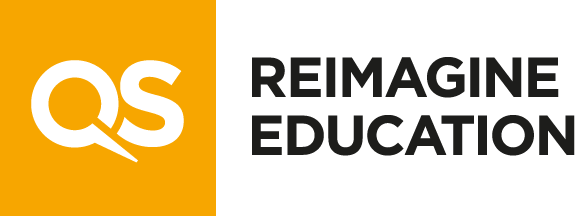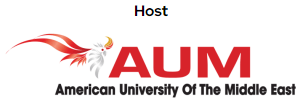EDITORIAL OVERVIEW – ISSUE 25
THE NORDIC EDTECH SCENE: WHAT MAKES EDTECH IN THE NORDICS CLICK?
Steeped as they are in centuries-old traditions, higher education institutions are not well known as the most agile of organizations. But the need to reimagine—to fundamentally transform the experience students have at all types of colleges and universities into one that best supports their success—is becoming more and more pressing. No single organization, role, or initiative, is going to do this alone. In the spirit of finding your allies, I would like to introduce the Reimaginer community to a group of friends and colleagues who are ready to work with you on the challenge of transforming education for the better.
These allies go by various titles—faculty developers, instructional designers, instructional consultants, and assessment specialists -to name a few. Regardless of title, these “educational developers” share a commitment to supporting and enhancing the work of colleges and universities, particularly with respect to teaching, learning, and educational effectiveness. You might find them in centers for teaching and learning (also known as centers for teaching innovation, effectiveness, and by a variety of other monikers), STEM (science, technology, engineering, and mathematics) education centers, instructional technology groups, or offices like institutional research and assessment, academic affairs, or student affairs. They may hold staff appointments, faculty appointments, or a combination of teaching and administrative appointments.
Despite these variations, practitioners of educational development—a field that has been growing since the 1970s—often share expertise in three areas of special interest to Reimaginers:
- The professional development of faculty, graduate student, and postdoctoral scholars with regard to teaching and educational practices.
- The development, optimization, and assessment of courses, curricula, and student learning.
- The development of organizations in order to advance structures, systems, and leadership in support of improving (and reimagining) education.
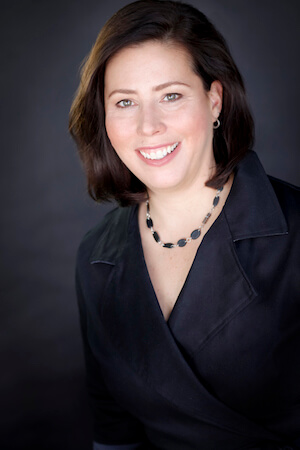
Cassandra Volpe Horii
Director – Center for Teaching, Learning, & Outreach
CALTECH
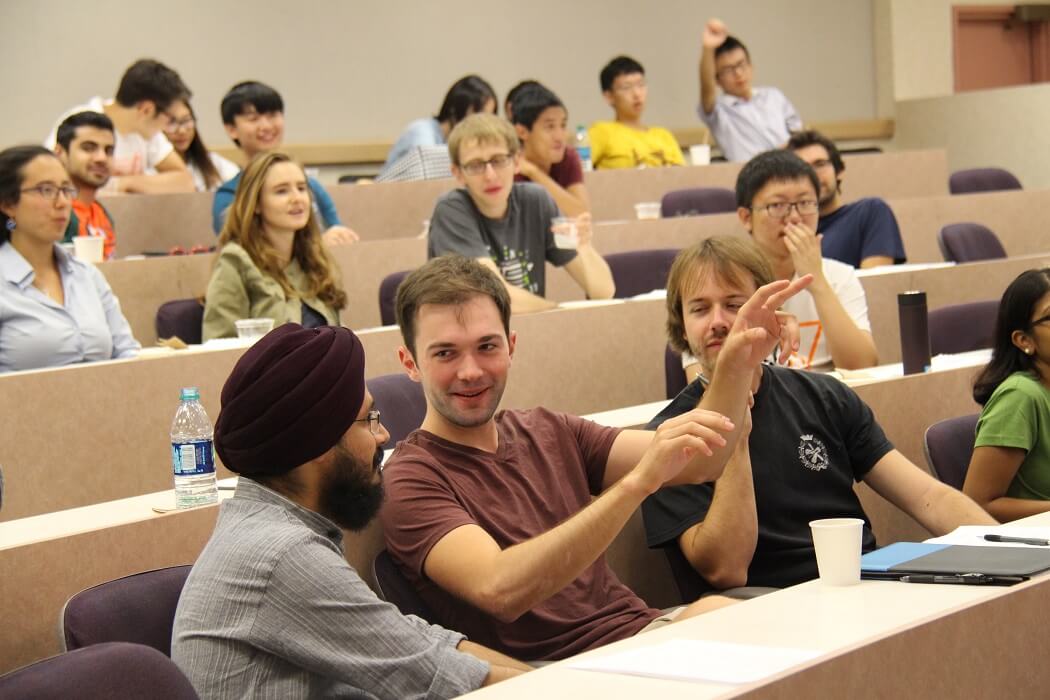
New Caltech instructors plan their approaches at the CTLO Teaching Conference.
Photo Credit: Caltech CTLO staff.
We have solid evidence that educational development works—professional development for faculty and instructors, both current and future, changes instructional practices and improves student learning. These behind-the-scenes university activities are now at the center of various US efforts to improve education. The Association of American Universities (AAU) Framework for Systemic Change in Undergraduate STEM Teaching and Learning, the recent American Council on Education (ACE) series of white papers on Effective Teaching, and the latest American Academy of Arts and Sciences report of the Commission on the Future of Undergraduate Education, among others, identify educational development as a keystone in the bridge toward a better educational system.
Reimaginers can and should draw upon the expertise of educational developers as allies in innovations, pilots, and educational change initiatives. Bringing educational development partners to the table during a project’s early phases will ensure that new efforts draw on evidence from discipline-based educational research, the scholarship of teaching and learning, and research on educational change. Their access to a rich array of effective practices for training and supporting stakeholders along the way can alleviate potential challenges, and they can help conceptualize, and potentially implement, assessment of a project’s outcomes.
Based on work examining how educational developers collaborate across units, I recommend approaching invitations with transparency: find out about one another’s institutional roles and priorities, identify how complementary areas of expertise can be tapped for mutual benefit, and articulate how everyone will contribute. For example, educational development professionals often have well-development networks and direct connections to what is happening “on the ground” among students, instructors, and administrators, making them ideally poised to take advantage of opportunities and link efforts that might otherwise be siloed. Reciprocally, your new technology, innovation, or reimagined approach may help a center for teaching and learning reach out to a new cohort, raise useful questions about educational practices, and advance their goals for improving instruction.
At Caltech, I had the opportunity to found a new educational development office—the Center for Teaching, Learning, and Outreach—in 2012. Our work focuses on reimagining both university and K-12 education, in partnership with faculty across the institution and with local and regional primary and secondary schools. Drawing on evidence-based educational development practices, our office has become a well-used and fully integrated resource, at Caltech and in the community.
We have not only supported and helped implement reimagined approaches, but made sure others on and off campus know about them. For example, here are our colleagues sharing their innovations through CTLO programs and events:
- A novel curriculum visualization project, crowd sourced for students, by students.
- An approach to designing informal learning experiences that help students thrive.
- An engineering design curriculum that cultivates creativity in less than 3% of lab time.
- A chemistry class where the course storyline takes center stage.
- A humanities teaching method using technology to deepen discussion and learning.
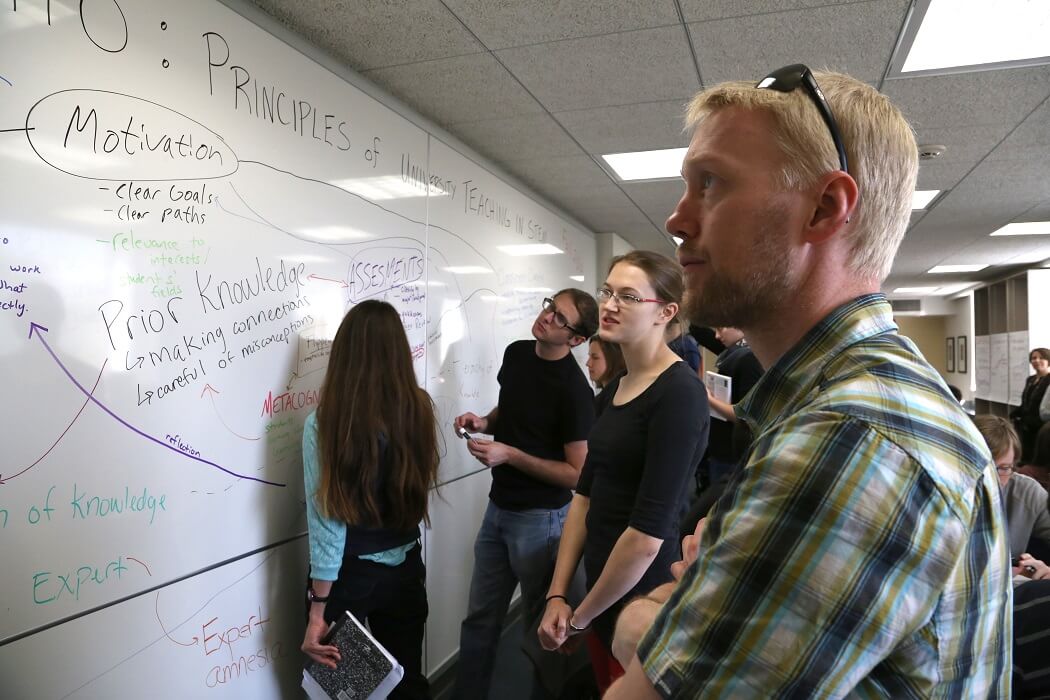
Caltech scientists map out the principles of evidence-based STEM teaching.
Photo Credit: Briana Ticehurst
I am looking forward to joining the Reimagine Education community this November—let’s keep exploring the synergies between educational development and reimagination efforts.
